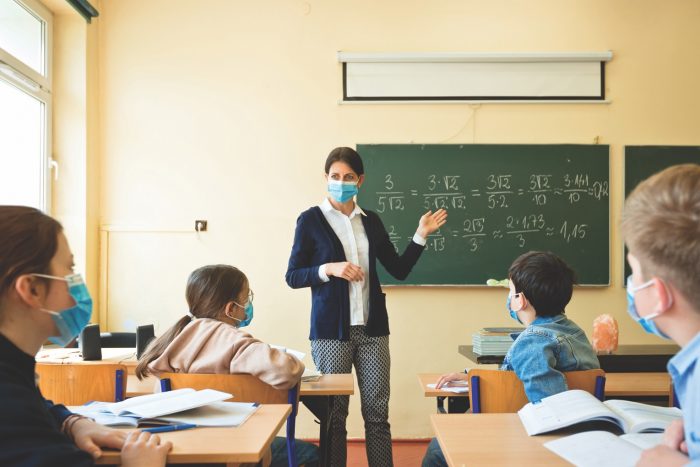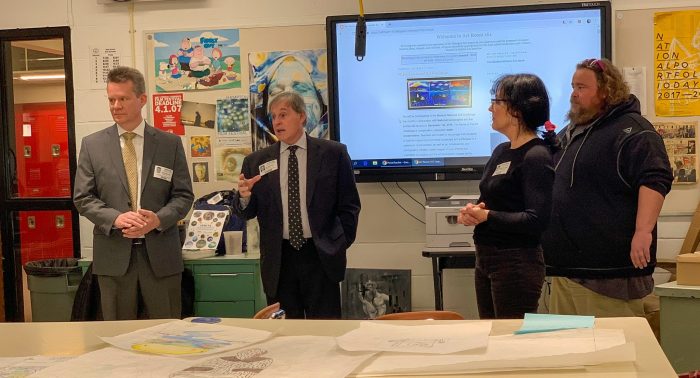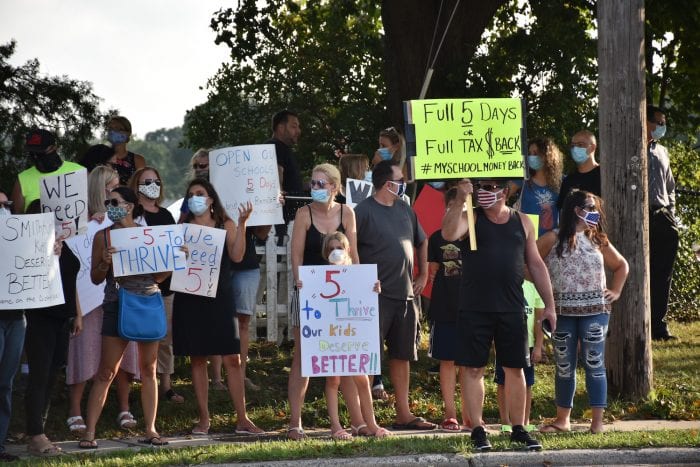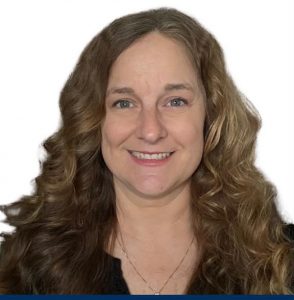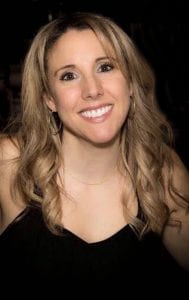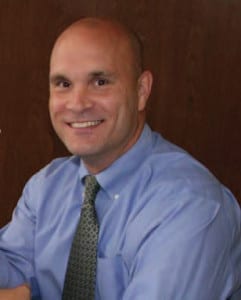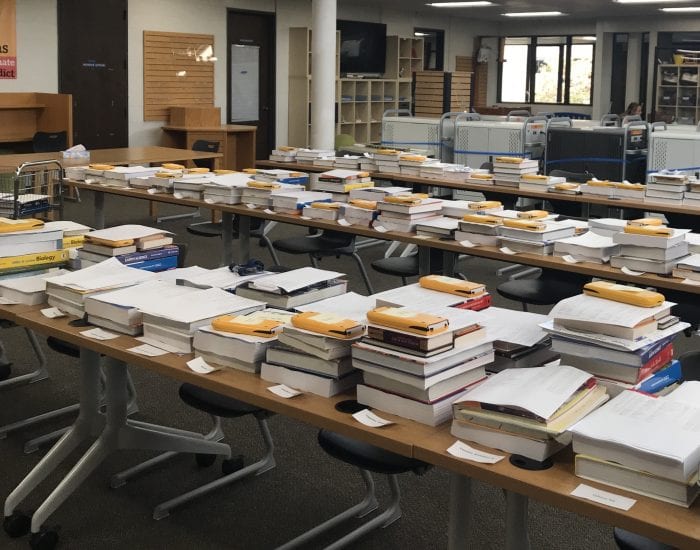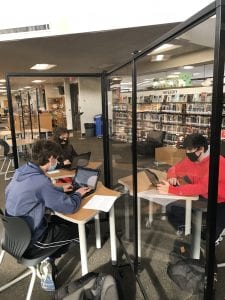With schools across the nation facing issues filling positions, including vital teaching jobs, local school districts, for the most part, are looking toward the new academic year in a good position with staffing.
While COVID-19 created severe obstacles for schools in the last couple of years, local districts are moving past them.
Some difficulties
Kevin Scanlon, the new Three Village Central School District superintendent, said the district is among those well staffed regarding teachers. Slight shortages involve jobs such as teaching assistants and monitor positions. Substitutes for teaching and various openings, including custodial, are also hard to find. Scanlon said that with more than 500 teachers in the district, 30 to 50 of them could be out on any given day.
Neil Katz, Smithtown Central School District assistant superintendent for personnel; Jim Polansky, Huntington school district superintendent; and Roberta Gerold, Middle Country Central School District superintendent, all said their districts are in the same position with permanent teaching positions being filled, but there are small issues finding noncertified employees.
Routinely, it can be challenging also to find candidates in the fields of English as a New Language, family and consumer sciences, technology and language classes. Scanlon added that it’s difficult to find certified American Sign Language educators.
“Also, business teachers, which is unusual because 25 years ago you probably had your choice of teachers,” he said. “Some of the local colleges in New York also used to produce 120 candidates a year in tech teachers, now they’re producing maybe 12 to18. So, the numbers are quite short of where they were years ago in those specialized areas.”
Scanlon added finding such teachers is even more difficult than finding math and science teachers.
“We are all competing against each other trying to find them,” he said.
Polansky said, from time to time, there can be last-minute resignations at the end of the summer.
“Those can present issues, but those are few and far between, and sometimes if you have an added aide position that comes up due to class formation, that doesn’t take place until late in the summer,” he said.
Gerold said, “One of the many byproducts of the pandemic has been a smaller pool of applicants, which has impacted the Middle Country school district’s ability — as it has school districts across Long Island and the country — to hire talented educators.”
Like other districts, Middle Country found ways to ensure it was properly staffed.
“While the hiring process has been particularly challenging heading into this school year, our human resources and personnel teams have worked hard to creatively find new solutions to attract the next generation of educators to lead our community into the future,” she said.
There has also been a need to stay proactive regarding teacher retirements. While student enrollment has declined in some local districts, the number of teachers retiring has increased.
Katz said the number of employees currently retiring makes sense as the population was growing in the area 25 to 30 years ago and schools were expanding, which led to the need to hire more teachers at the time. Those employees are now meeting their retirement requirements.
“We’re hitting that point that there’s this balloon of the number of teachers that are eligible for retirement,” Katz said, adding COVID-19 exacerbated the problem in recent years.
Polansky agreed.
“You’re going to see more in the next couple of years because it is kind of generational,” he said. “That’s another thing that we need to take into account.”
According to New York State Teachers’ Retirement System, 33% of active members could potentially retire in the next few years.
Solutions
Some news outlets have reported states such as Florida dropping the requirements for people to secure a teaching position such as having a bachelor’s degree. Polansky said, “There’s a fine line between helping your teacher availability and compromising quality. You don’t want to be in a situation where actions are being taken that actually lessen the quality of the educator that’s in front of your children in the classroom.”
He added that such a move could cause more problems in the long run.
“We have to make teaching a desirable profession,” he said. “There are a couple of ways to do that, and it’s incumbent upon states and local school districts to make that happen.”
Administrators said their districts always start the hiring process early in the calendar year to prepare for the first day of school, attending recruitment events at colleges in New York state, hosting their own career fairs and placing ads in papers.
Scanlon said the Three Village school district will run an ad in The New York Times at the end of January or early February. He added that advertising in the paper is something many high-caliber schools do. Looking toward the future, the superintendent said there are talks about bringing back a Future Teachers of America club to the high school to encourage students to choose teaching as a career.
Gerold said one of the Middle Country school district’s “initiatives has been our successful partnership with Stony Brook University to fortify our roster of substitute teachers. During the pandemic, the district partnered with Stony Brook University to place student-teacher substitutes in schools. Through this, we’ve been able to satisfy the substitute teacher needs throughout the district and identify strong educators who are poised to excel in leading classrooms.”
Katz said the Smithtown Central school district tries to reach out to different associations and offer more competitive salaries. However, even using various hiring methods and starting early, sometimes a new hire will get a better offer right before the academic year begins.
“We’re getting into bidding wars,” he said. “Candidates are pushing one district against the other in bidding wars. Kind of like the housing market.”
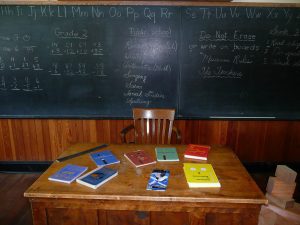

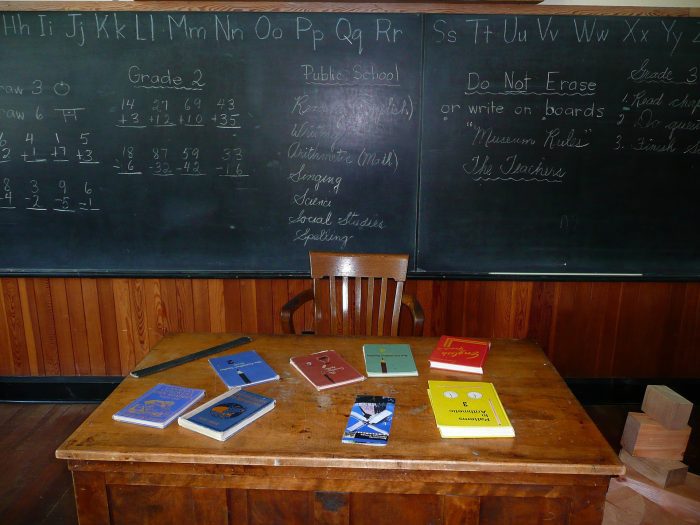


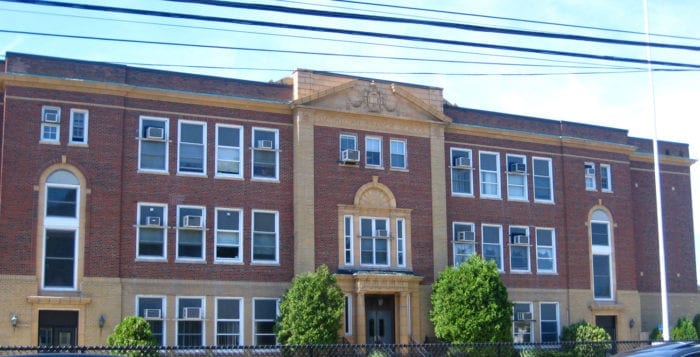
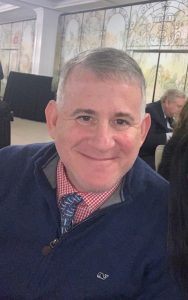 Michael Saidens
Michael Saidens Michael Catalanotto
Michael Catalanotto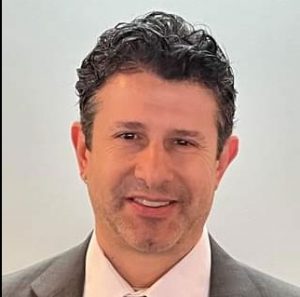 Charles Fisher
Charles Fisher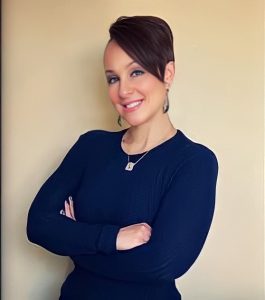 Angela Kouvel
Angela Kouvel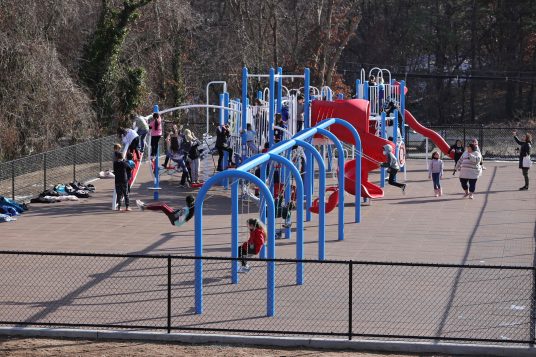
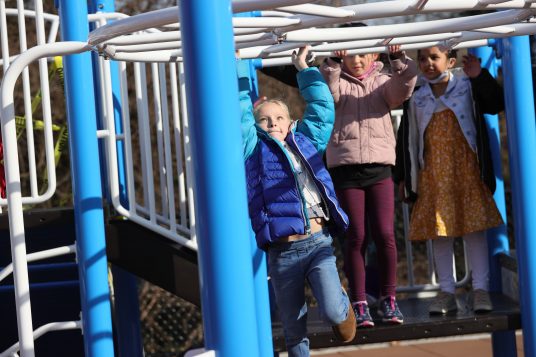



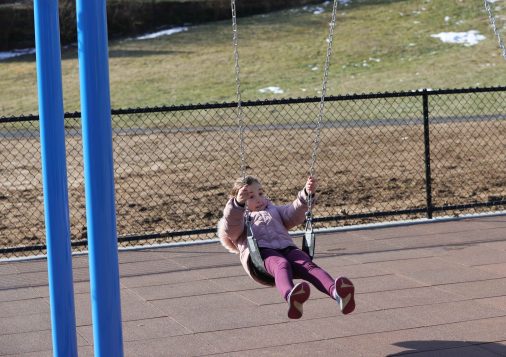
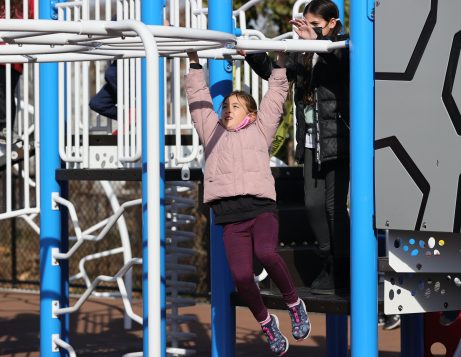
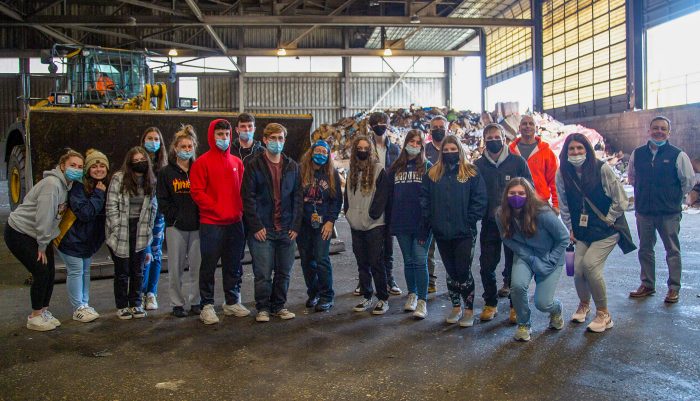
 “This was the first of several
“This was the first of several 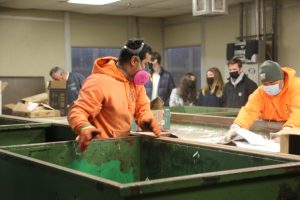 “It really makes all the difference when you get to physically see the whole operation right in front of you. We could see the concern and surprise on each student’s face, despite their face masks. Concerned when they learned that the average Long Islanders is responsible for almost five pounds of waste in one day… Pleasantly surprised when they saw just how much we in
“It really makes all the difference when you get to physically see the whole operation right in front of you. We could see the concern and surprise on each student’s face, despite their face masks. Concerned when they learned that the average Long Islanders is responsible for almost five pounds of waste in one day… Pleasantly surprised when they saw just how much we in 